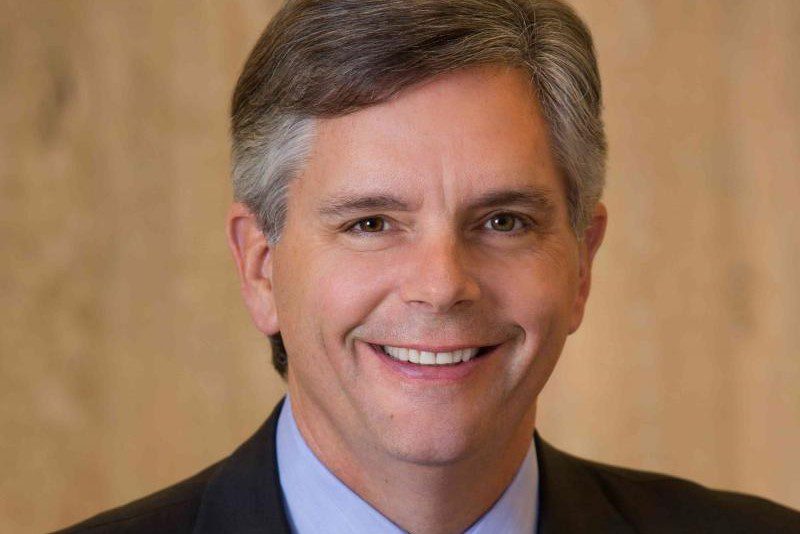

A recent Wall Street Journal article about ousted CEO John Flannery’s replacement from within the GE board of directors misrepresents the dynamic of the boardroom by making the succession plan look like the corporate version of a second string quarterback lying in wait for the star to be injured.
Nothing could be more preposterous.
In naming Larry Culp, a former chief executive of Danaher, as Flannery’s replacement, the article makes it seem board directors are a fifth column, waiting to jump-start their careers as a chief executive. It goes so far as to suggest that chief executives are calling headhunters and professors for advice on whether they should be worried about their replacement. It does not ring true, however.
The odds of a director taking over the top position from inside the boardroom are about as long as finding oneself on a board where the chief is fired only after a year on the job, as Culp did. He had left Danaher and the chief executive world to start a new chapter in his life and to offer some useful experience to someone running the show. He didn’t need another job and never needed to sign off on another option pool for the rest of his life. It is the very nature of the collegiality that makes someone like him willing to take on the role after a full career behind him.
The independent directors of the board choose the incoming chief executive. The CEO has little say over succession since Sarbanes Oxley was passed in 2002, and the old adage of someone anointing their chosen successor is bunk these days. Only in dime store novels do chief executives hold sway over the board.
Great executives running large, complex global organizations rely on savvy board directors to understand the challenges because they need patience to get them through the turmoil of the times. In Flannery’s case, GE is more of a country than a company, and one that is falling behind in every possible measurement. Flannery was counting on help from the board in crafting a turnaround vision. While the crafting was going on, no one was thinking of replacing him. Culp was brought on because of his experience not because he could be a replacement. Who else to help the company than someone that has been in the trenches and now retired.
The boardroom deliberation dynamic is where the decision first began. What happens inside the boardroom is a test of one’s mettle and caliber of thought. As discussion takes place, each board member weighs in on specific areas, and it is possible that a board director begins to sound smarter than the chief executive. Or it may be just as likely that a glitch in temperament is visible, with a chief executive showing signs of strain and frustration.
Once the decision to terminate has been taken, the person most surprised to be the board’s first choice is the fellow director. He or she has already retired and spending promised time with family or pursuing foundation activities, has no time nor need for any more fireworks. But it is these dark horses who stand out during times of great angst as safe harbors in the storm tossed seas. When they are asked, the first thing they ask, is it the right thing for the company? Personal issues are put aside, and often, even compensation and the like are discussed as an afterthought. Their job is to see the course through until a more permanent solution can be found.
I have spent most of my career either as a horse whisperer as publisher of Forbes or as a CEO or board director of a dozen public companies.
Everyone in the top job knows that being replaced is a potential fate, and the idea that they are more worried about someone on the board than the hundreds of candidates inside and out is ridiculous. While job insecurity isn’t unique to chief executives, premature terminations for performance are so rare as to be not among the top 100 things they worry most about.
Related: The Two People That Could Help Elon Musk Save Tesla (If He Can Get Them)




0

1:00 - 5:00 pm
Over 70% of Executives Surveyed Agree: Many Strategic Planning Efforts Lack Systematic Approach Tips for Enhancing Your Strategic Planning Process
Executives expressed frustration with their current strategic planning process. Issues include:
Steve Rutan and Denise Harrison have put together an afternoon workshop that will provide the tools you need to address these concerns. They have worked with hundreds of executives to develop a systematic approach that will enable your team to make better decisions during strategic planning. Steve and Denise will walk you through exercises for prioritizing your lists and steps that will reset and reinvigorate your process. This will be a hands-on workshop that will enable you to think about your business as you use the tools that are being presented. If you are ready for a Strategic Planning tune-up, select this workshop in your registration form. The additional fee of $695 will be added to your total.

2:00 - 5:00 pm
Female leaders face the same issues all leaders do, but they often face additional challenges too. In this peer session, we will facilitate a discussion of best practices and how to overcome common barriers to help women leaders be more effective within and outside their organizations.
Limited space available.

10:30 - 5:00 pm
General’s Retreat at Hermitage Golf Course
Sponsored by UBS
General’s Retreat, built in 1986 with architect Gary Roger Baird, has been voted the “Best Golf Course in Nashville” and is a “must play” when visiting the Nashville, Tennessee area. With the beautiful setting along the Cumberland River, golfers of all capabilities will thoroughly enjoy the golf, scenery and hospitality.
The golf outing fee includes transportation to and from the hotel, greens/cart fees, use of practice facilities, and boxed lunch. The bus will leave the hotel at 10:30 am for a noon shotgun start and return to the hotel after the cocktail reception following the completion of the round.